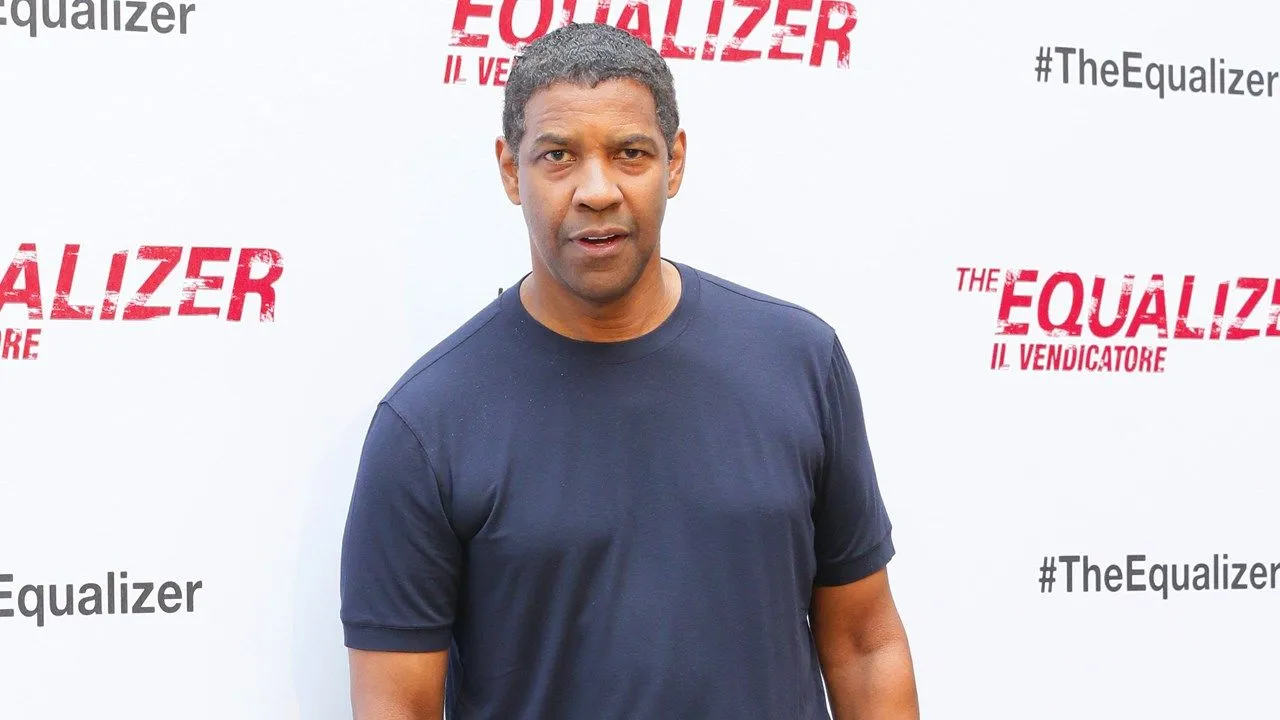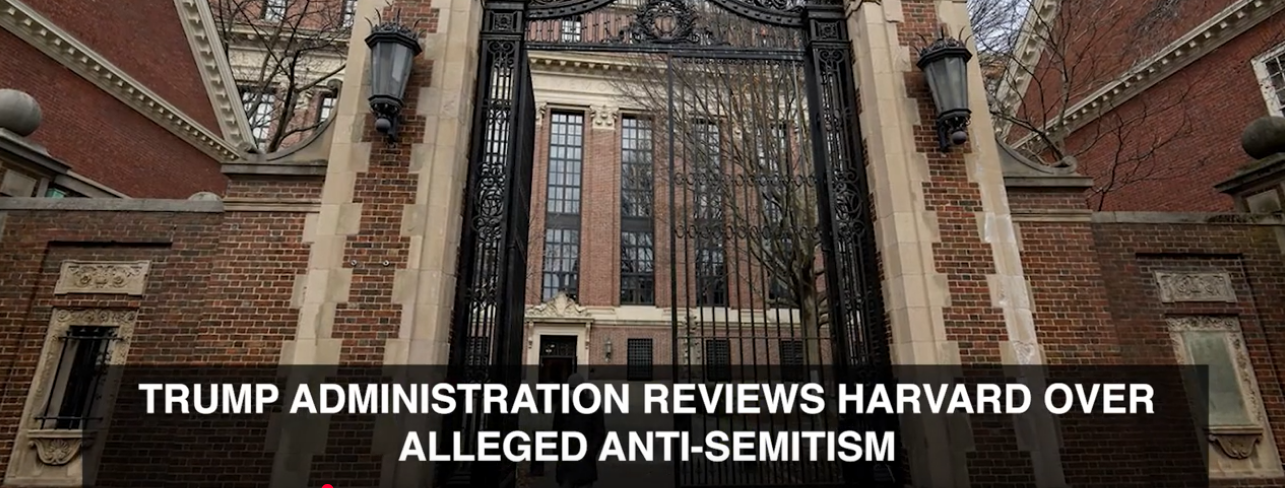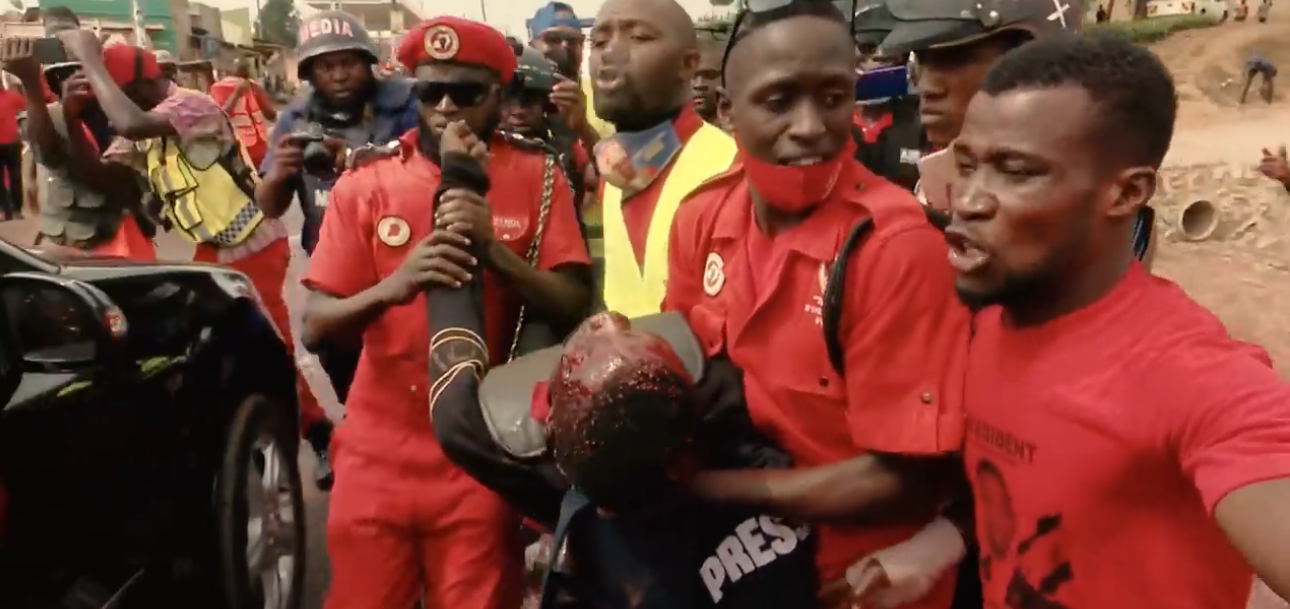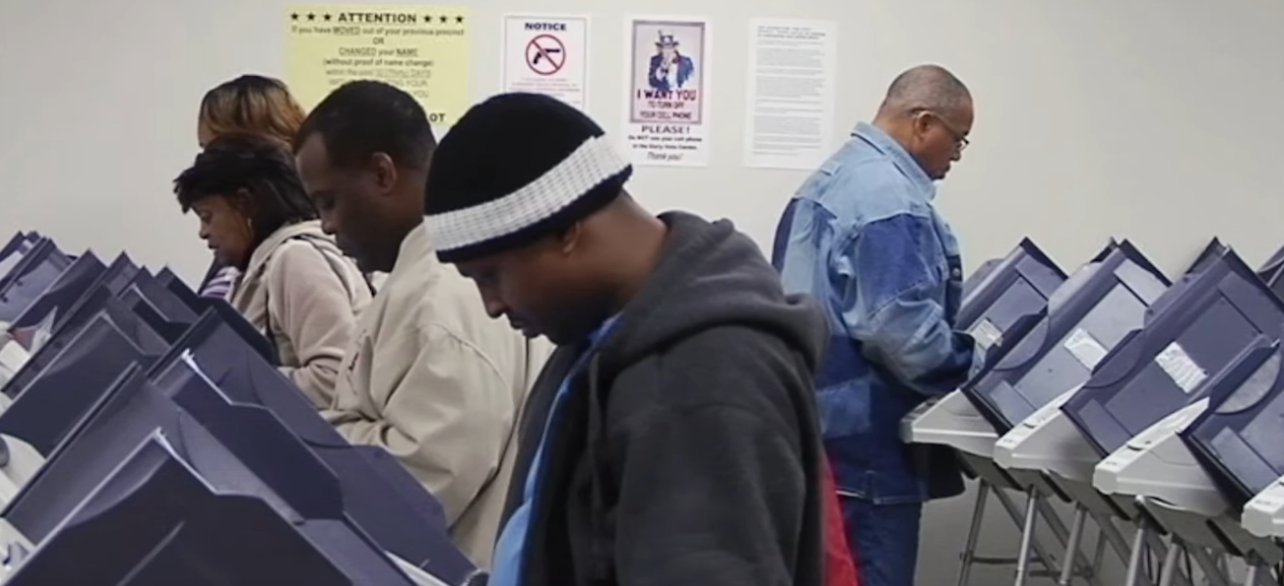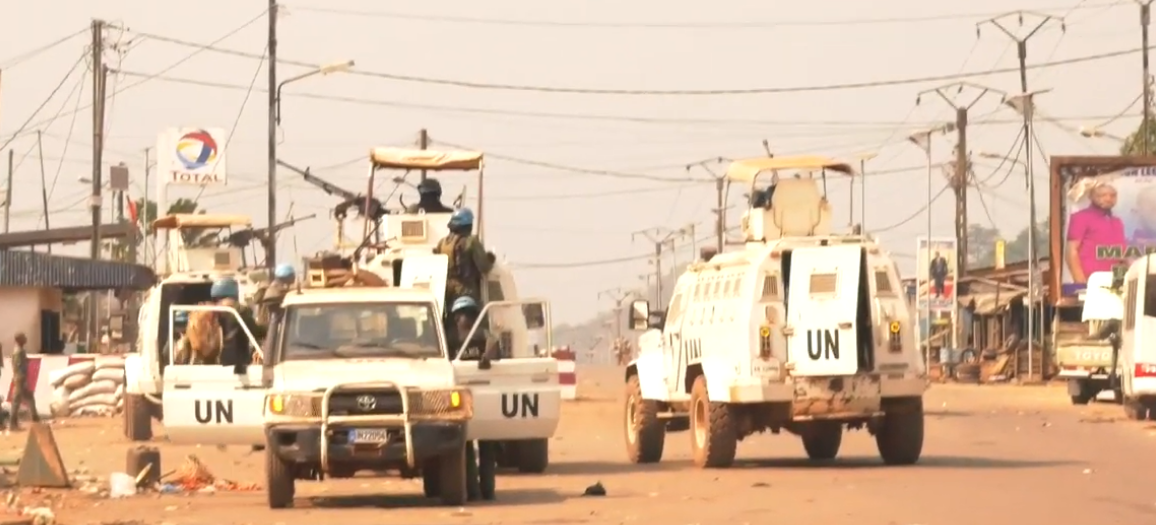Londyn Unique Samuels, 1, was killed with a gun on a street in New Orleans while in the arms of her babysitter last year
‘Mama, get me away from around here!’”
Almost one year after I first wrote about Ka’nard Allen, his story—and the stories of several other children whose lives are connected to his—remain a searing example of how pervasive gun violence in our nation’s cities is killing, injuring, and traumatizing our children.
As Pulitzer Prize-winning New Orleans journalist Julia Cass reports for the Children’s Defense Fund, on May 29, 2012, Ka’nard celebrated his 10th birthday at his grandmother’s house in the Central City neighborhood of New Orleans. He and his friends and family members were playing games in the front yard and on the porch. “We was having a party and then it’s a shooting,” Ka’nard said. Four young men carrying guns and an AK-47 ran up and unleashed a volley of bullets. Police said they were attempting to kill members of a rival group at or near the party. Ka’nard felt the sting as he was struck in the calf and on the side of his neck.
His mother, Tynia Allen, saw blood running down his neck. To get help she had to step over Ka’nard’s five-year-old cousin Brianna Allen’s lifeless body on the porch. The reach and power of the assault rifle was so great that a bullet fired near the party also struck and killed Shawanna Pierce, 33, in her car at a stop sign three blocks away, leaving three young boys without a mother.
That year, along with many before it, New Orleans had one of the highest per capita murder rates of any city in America—close to 95 percent of them committed with guns. The carnage at Ka’nard’s party, as well as at other shootings before and since, sent out waves of fear, grief and anger that linger on in the lives of the children affected.
Shawanna Pierce’s youngest son, now 3, doesn’t remember his mother. But her two older boys, Kelby, now 12, and Kolby, 8, began to cry when asked about their mother. Their maternal grandmother, still deeply grieving herself, asked them to recall things they did with their mother, who worked in the coding department of a local hospital. Disney World, she prompted, the zoo, the Ponchatoula Strawberry Festival. “I can’t,” Kelby said. “I’m too sad.” Both boys have photos of their mother on their cell phone cases. Their grades suffered, although now, almost two years later, the boys’ school work is beginning to improve.
Ka’nard became frightened. “I always think somebody wants to shoot me,” he said. Less than a year after he was shot at his birthday party, he was shot again—in the cheek—when he and his mother went to a Mother’s Day parade last May. Two gunmen fired into the crowd, wounding 19 people, including Ka’nard and a 10-year-old girl.
“He panicked,” his mother said. “He said, ‘Mama, get me away from around here!’”
That could be the cry of every child and teenager growing up in a violent neighborhood. Some never have the chance to grow up. In the last six months of 2013 in New Orleans, a 1-year-old girl was shot to death on the street in the arms of a babysitter, an 11-year-old girl was killed in bed by stray bullets entering her home, and a 7-month-old boy was shot in the head while riding in a car with his father.
Even children who are not directly hit by gun violence suffer the collateral damage of living in an unsafe environment saturated with guns that are routinely used to settle conflicts or to exact retaliation. A striking number of low income children in New Orleans have witnessed gun violence and murders, according to a 2011-2012 screening of children between the ages of 11 and 15 who participated in a teen pregnancy prevention program. Of the 700 interviewed by the Institute of Women and Ethnic Studies, 29 percent had witnessed assaults with guns; 14 percent had witnessed gun homicides. More than half cited concern about “personal safety” as a source of worry, more than twice the number who worried about “being unloved.” Not surprisingly, the children reported symptoms of post-traumatic stress and depression at a much higher rate—about one-third—than typical teenagers.
The Children’s Bureau of New Orleans, a non-profit agency that offers mental health counseling, runs a program called Project LAST—the Loss And Survival Team—that works with some of the city’s children who have had multiple exposures to gun violence. “They’ve had loved ones murdered by guns, they’ve seen people carrying guns, they’ve been threatened by guns, they’ve seen a dead body in the street—three or four different exposures to gun violence,” said its president and CEO Paulette Carter.
The trauma these children suffer—depression, anxiety, anger, post-traumatic stress disorder—is especially hard to ameliorate because “we can’t remove the threat,” Carter said. “The best thing you can do for a child who has experienced a traumatic event is to make sure they are safe afterwards. But for kids and gun violence in New Orleans, you can’t reinstate the safety, and this makes the recovery process difficult. We can’t assure children that this won’t happen again to somebody they know or they won’t see guns again or hear gunshots because they probably will.” She said that “a lot of kids we work with have a sense of hopelessness that things are never going to change.” Their schoolwork is affected, as is their potential to go on to live productive adult lives.
Most of the victims and the perpetrators of gun violence in New Orleans are 15- to 25-year-old Black males with low educational achievement. According to a U.S. Department of Justice study of homicides in New Orleans in 2009 and 2010, many of the perpetrators and victims knew each other; some were childhood friends. Most grew up in the city’s poor and more violent neighborhoods and had easy access to guns, legal or illegal. Under Louisiana law, anyone 18 or older can purchase a gun unless he or she is a felon.
“I think a lot of it has to do with the world they come up in—the environment, the social norms of their peers, the normalization of violence as the way to deal with conflict,” said Jamaal Weathersby, pastor of the New Hope Baptist Church in the Central City neighborhood. “They don’t see the relevance of school. They’re not thinking there is an opportunity for them to get a good job. I don’t think many of them can see past the block.”
David Kennedy, director of the Center for Crime Prevention and Control at the John Jay College of Criminal Justice in New York and the City of New Orleans’ consultant for reducing group violence, said that most of the murders are committed by undisciplined, random leaderless groups of high rate offenders often organized around neighborhoods or blocks—and are not about money but about “personal friction, respect and disrespect, retaliation and vendettas. It is so important that they literally live and die for it.” Dr. Kenneth Hardy, a professor of Family Therapy at Drexel University in Philadelphia, believes that the reason disrespect is so often a trigger point relates to the devaluation—the “constant lacerations to dignity”—of poor young Black males who are considered a threat and a problem, with the worst rather than the best expected of them.
Kennedy said that alienation from law enforcement underlies personal retaliation. “If representatives of the law in your neighborhood are seen not only as not legitimate but as the enemy, then when you have a grievance or somebody you know got shot, you don’t call the cops. You get a gun and friends and do it yourself.” A scathing 2011 report by the U.S. Department of Justice found that New Orleans police officers “too frequently use excessive force and conduct illegal stops, searches and arrests with impunity,” almost exclusively in Black neighborhoods. City, state and federal law enforcement agencies in New Orleans recently began focusing more on identifying and prosecuting members of the violent criminal groups committing most of the murders, including the four men charged with killing Brianna Allen and Shawanna Pierce. This strategy appears to be paying off since the city’s murders dropped by 20 percent in 2013.
Ka’nard still sees a psychologist because “I get mad real fast,” he said. His mother said he doesn’t like to go places by himself. But he attends a school he likes, has a mentor, has taken trips thanks to a local foundation, and plays drums in his school’s band. This year he was looking forward to marching in some of the city’s Mardi Gras parades—an event that should be a simple childhood pleasure, but one Ka’nard, like so many of our nation’s children, can no longer take for granted.
Marian Wright Edelman is President of the Children’s Defense Fund whose Leave No Child Behind mission is to ensure every child a Healthy Start, a Head Start, a Fair Start, a Safe Start and a Moral Start in life and successful passage to adulthood with the help of caring families and communities. For more information go to www.childrensdefense.org



